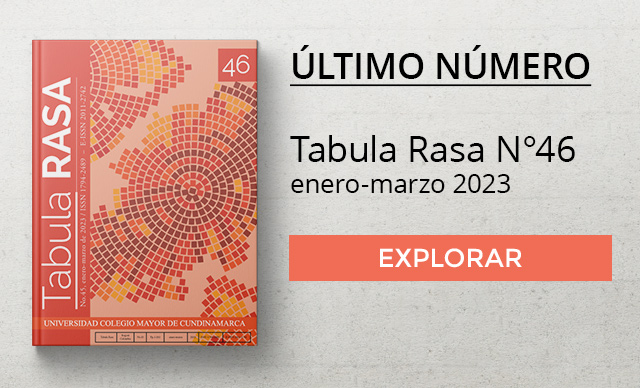https://doi.org/10.25058/20112742.n40.02
Gesinei dos Santos Labontê
https://orcid.org/0000-0002-8175-700X
Universidade Federal do Amapá, Brasil
labonteg@gmail.com
Gabriel Sanchez
https://orcid.org/0000-0003-4815-874X
Universidade Federal de São Carlos, Brasil
sanchezg94@gmail.com
Ramiro Esdras Carneiro Batista
https://orcid.org/0000-0003-2050-7362
Universidade Federal do Pará, Brasil
ramiro.esdras.carneiro@gmail.com
Felipe Vander Velden
https://orcid.org/0000-0002-5684-1250
Universidade Federal de São Carlos, Brasil
felipevelden@yahoo.com.br
Felipe Vander Velden
https://orcid.org/0000-0002-5684-1250
Universidade Federal de São Carlos, Brasil
felipevelden@yahoo.com.br
Abstract:
Based on data on three Amerindian populations from different regions and languages — Palikur-Arukwayene (Arawak), Kujubim (Txapakura) and Karitiana (Tupi-Arikêm) — this article seeks to illuminate some issues concerning the position of domestic dogs (Canis lupus familiaris) in Amerindian worlds. With a focus on the preparation of hunting dogs, our goal is to discuss the existence of recurrences in treatments aimed at making dogs good hunters: the difference between dogs that hunt and dogs that do not hunt; the dog as a hunting companion that needs to be made; and the techniques of preparing dogs through the conjunction between these animals and parts of other beings’ bodies. These themes point to a fourth recurrence: although domestic and ‘humanized’ animals, dogs must have induced an animal becoming, so that they can become efficient hunters. There is a constant balance between taming and animalizing dogs, in the search for a precarious balance between animal and human that is similar to the constitution of human persons.
Keywords: dogs, Amazonia, indigenous peoples, hunting, domestication techniques.







